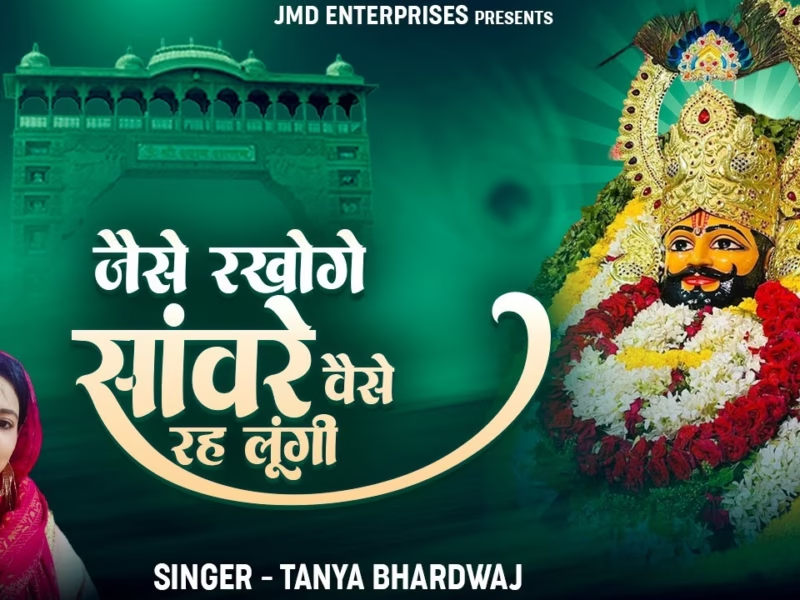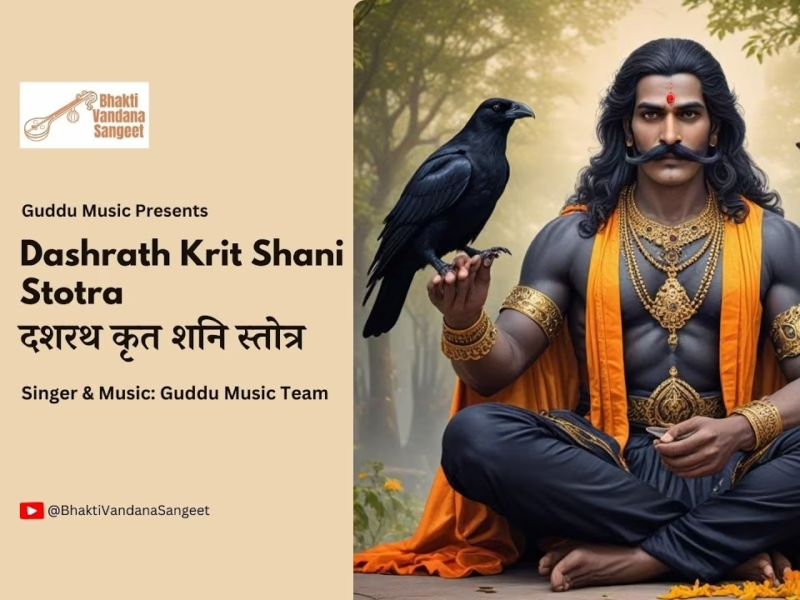Nellaiappar Temple, Tirunelveli, Tamil Nadu
| Date built: | 700 CE |
|---|---|
| Deity: | Shiva |
| Architectural style: | Dravidian architecture |
| Major festivals | Amavasya, Masi Sivarathri, Panguni Uthram, Chitirai Pournami Theerthavari, Vasanthosthavam, Vaikasi |
| Locale: | – |
| District:: | Tirunelveli |
| Address: | 162, E Car St, Tirunelveli Town, Tirunelveli, Tamil Nadu 627006 |
| Phone | – |
Swami Nellaiappar Temple is a Hindu temple dedicated to the deity Shiva, located in Tirunelveli, a city in the South Indianstate of Tamil Nadu. Shiva is worshipped as Nellaiappar (also called Venuvananathar) represented by the lingam and his consort Parvati is depicted as Kanthimathi Amman. The temple is located on the northern banks of Thamirabarani River in Tirunelveli district. The presiding deity is revered in the 7th century Tamil Saiva canonical work, the Tevaram, written by Tamil saint poets known as the nayanmars and classified as Paadal Petra Sthalam.
The temple complex covers an area of Fourteen and a half acres and all its shrines are enclosed with concentric rectangular walls. The temple has a number of shrines, with those of Swamy Nellaiappar and his consort Sri Kanthimathi Ambal being the most prominent.
The temple has three six rituals at various times from 6:00 a.m. to 9:00 p.m., and six yearly festivals on its calendar. Brahmotsavam festival during the Tamil month of Aani (June–July) is the most prominent festival celebrated in the temple.
The original complex is believed to have been built by Pandyas, while the present masonry structure was added by Cholas, Pallavas, Cheras, Nayaks(Madurai Nayaks). In modern times, the temple is maintained and administered by the Hindu Religious and Charitable Endowments Department of the Government of Tamil Nadu.
Architecture
Nellaiappar temple is spread over 14 acres.The gopuram of this temple is 850 feet long and 756 feet wide.Sangili Mandapam built on 1647 by vadamalaiyappa pillayan connects the Ganthimathi Amman and Nellaiyappar temples.The composite columns of Virabhadra holding sword and horn are found be additions of the Vijayanayagara kings during the early 1500s. Similar columns of Virabhadra are found in Adikesava Perumal Temple at Thiruvattaru, Meenakshi Temple at Madurai, Kasi Viswanathar temple at Tenkasi, Krishnapuram Venkatachalapathy temple, Ramanathaswamy Temple at Rameswaram, Soundararajaperumal temple at Thadikombu, Srivilliputhur Andal temple, Srivaikuntanathan Permual temple at Srivaikuntam, Avudayarkovil, Vaishnava Nambi and Thirukurungudivalli Nachiar temple at Thirukkurungudi.
Legend / Local stories
Tirunelveli is one of the many temple towns in the state which is named after the grooves, clusters or forests dominated by a particular variety of a tree or shrub and the same variety of tree or shrub sheltering the presiding deity. The region is believed to have been covered with Venu forest and hence called Venuvanam.
According to the puranas, both the Gopurams were built by Pandyas and the sanctums of the temple were constructed by Nindraseer Nedumaran who reigned in the 7th century. The mani mandapam with its famous musical pillar was built by Later Pandyas in the 7th century. Originally the Nellaiappar and Kanthimathi temples were two independent structures with spaces in between. It was in 1647 that Thiru Vadamalaiappa Pillaiyan, a great devotee of Siva linked the two temples by building the “Chain mandapam” (In Tamil Sangili Mandapam). To the western portion of the chain mandapam is the flower garden that was set up in 1756 by Thiruvengadakrishna Mudaliar. In the centre of the Flower Garden is a square vasantha mandapam with 100 pillars. The Nandi mandapam is said to have been built by Sivanthiappa Nayak in 1654. The flag stand near the Nandi was set up in 1155.
There are a number of stone inscriptions in the temple. The most important of them are those Veerapandiyan who regained about 950 and those of Rajendran I and Kulothunga Chola I. The inscriptions of Maravarman Sundara Pandyan refer to the Lord as “Woodayar” and “Wodeyanayanar” and the Goddess as “Nachiar”. From the inscriptions of Kulasekkara Pandiyan we learn that he defeated the Chera, Chola and Hoysala kings and built the outer walls of the temple with the war booty.
Photo Gallery
How to Reach:
Contact Details
Official Address
















